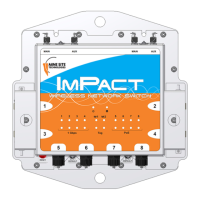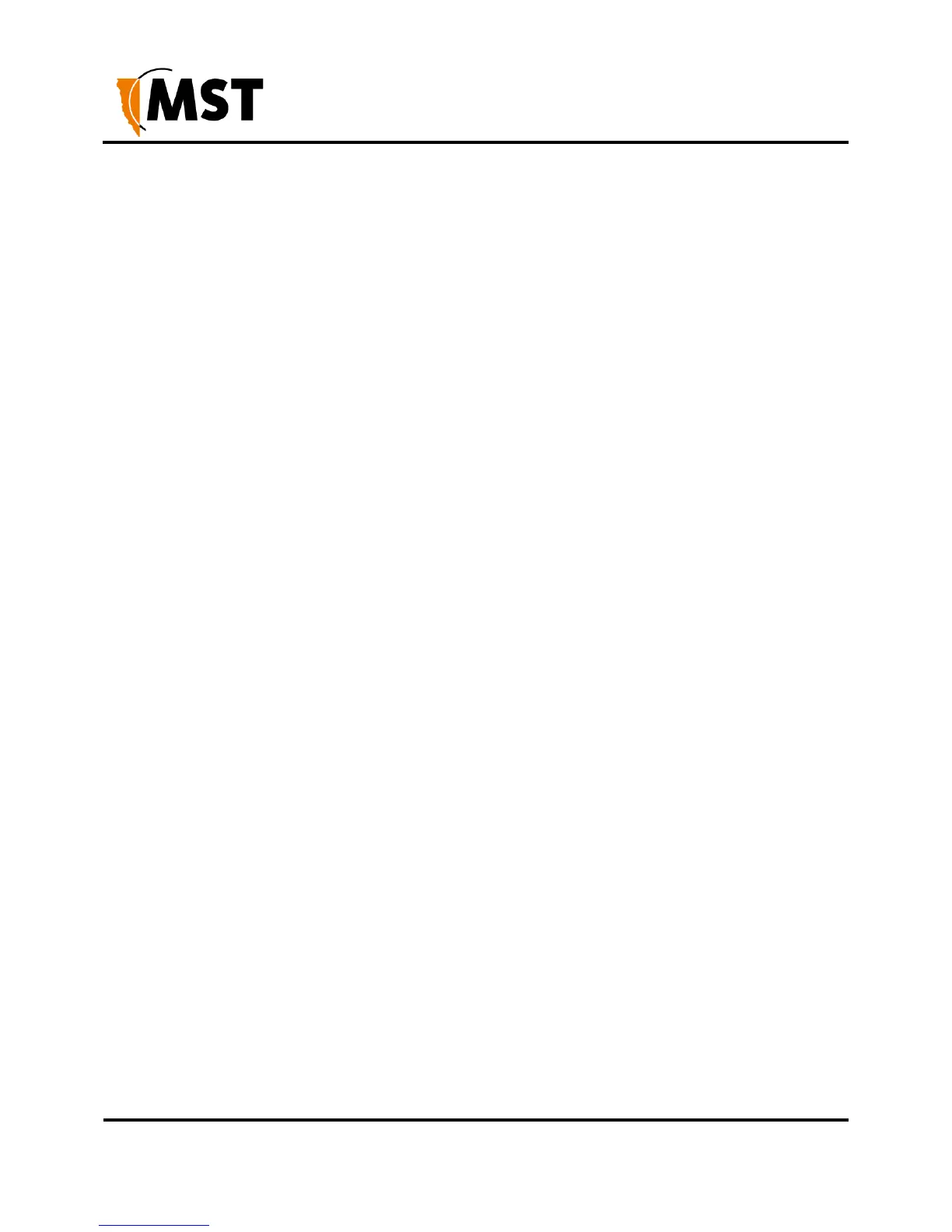Appendix B: Composite Cable Testing
This appendix describes fibre optic cable continuity and testing. Fibre optic cable testing includes visual
inspection and power loss testing.
B1: Visual Inspection of the Fibre Optic Cable
Fibre optic cable can be inspected by visually tracing and inspecting the connector.
Visual Tracing
Checking for continuity diagnoses whether the fibre optic cable is damaged or broken. A visible light
"fibre optic tracer" or "pocket visual fault locator" connected to a fibre optic connector.
Attach a fibre optic cable to the visual tracer and look at the other end to see if light is transmitting
through the fibre.
If there is no light, there is a damaged or broken section of the fibre in the composite cable.
Visual Connector Inspection
A visual inspection of the fibre optic termination is usually carried out using a fibre optic microscope. It is
important the fibre termination has a clean, smooth, polished, and scratch free finish. Any signs of
cracks, chips or dirt will affect connectivity.
B2: Measuring and Testing for Power Loss
Measuring power and loss requires a Optical Time-Domain Reflectometer (OTDR) with a suitable adapter
matching the fibre optic connector being tested.
To measure power in fibre optic cable:
1. Set the OTDR to ‘dBm’ and set the wavelengths according to the fibre optic cable being
tested.
2. Attach the OTDR to the fibre optic cable at the receiving end to measure the output.
3. Compare the output with a reference test cable.
To measure power loss in fibre optic cable:
1. Set the power meter to ‘dB’ for a relative power range and select the wavelength required for
the test.
2. Perform a single-ended loss test by connecting the cable to be tested to the reference cable and
measuring power loss at the receiving end.
3. Perform a double-ended loss test by attaching the cable between two reference cables that
are attached to the source and to the OTDR. If high losses are measured, reverse the cable
and test in the opposite direction using the single ended test.

